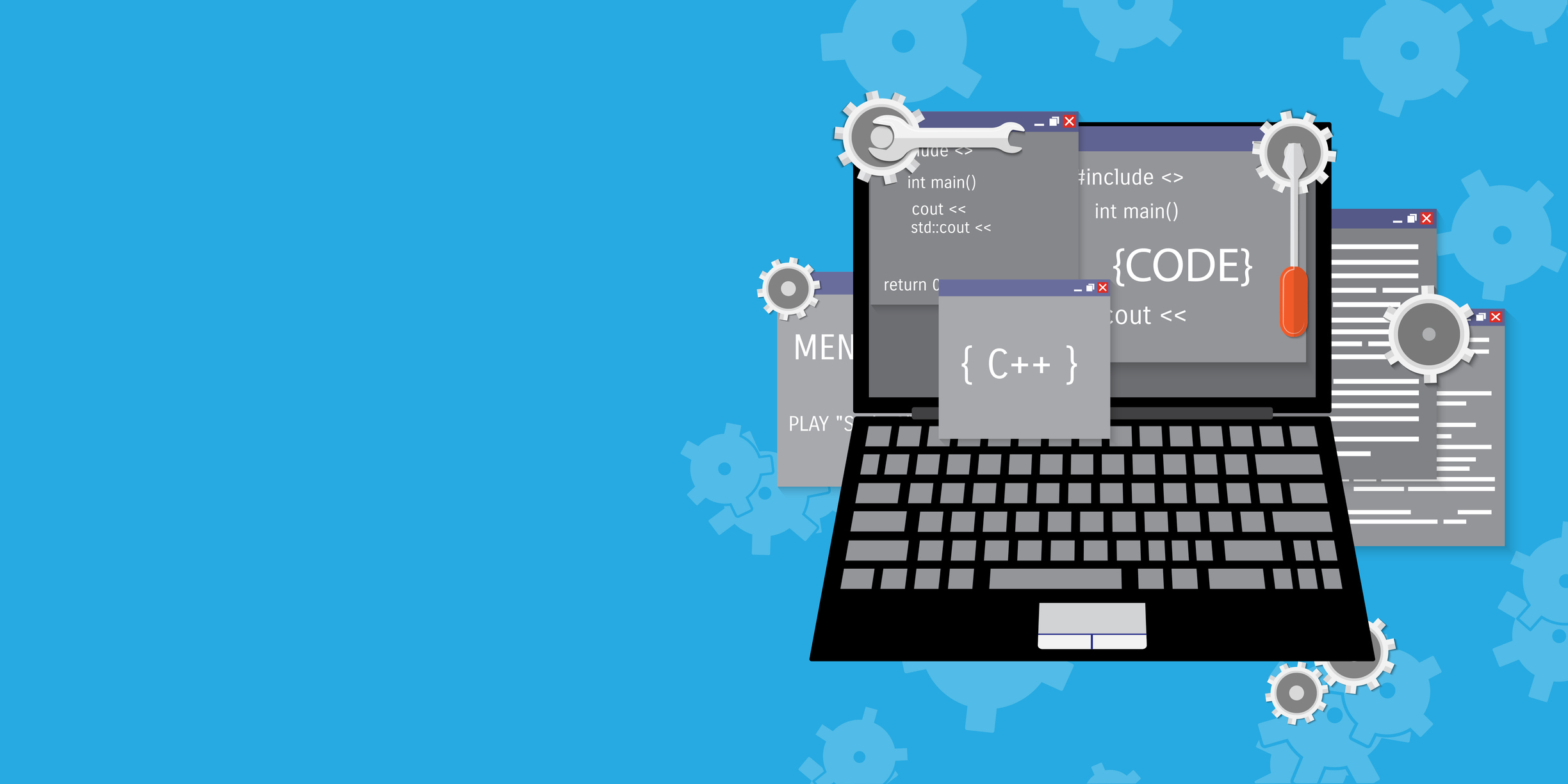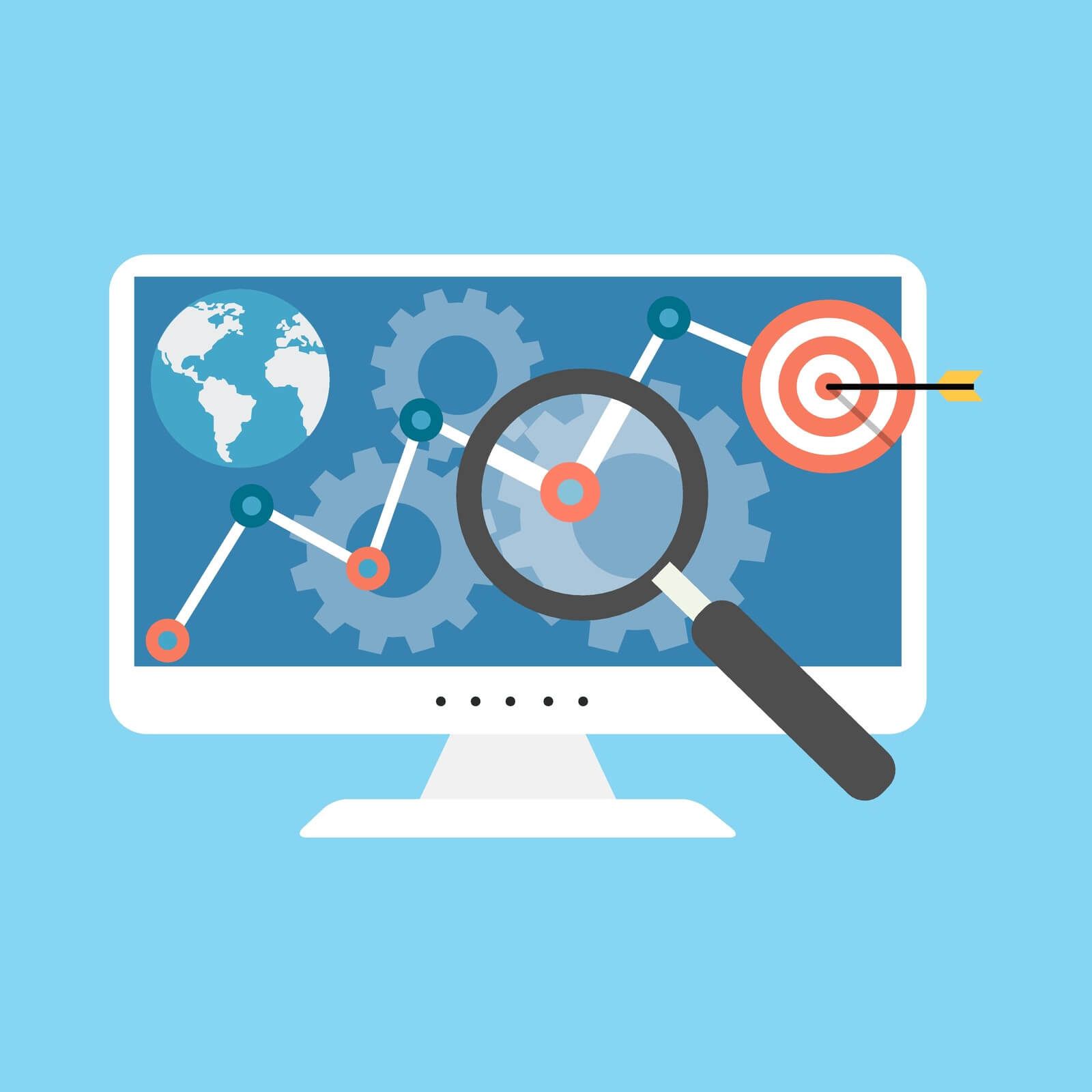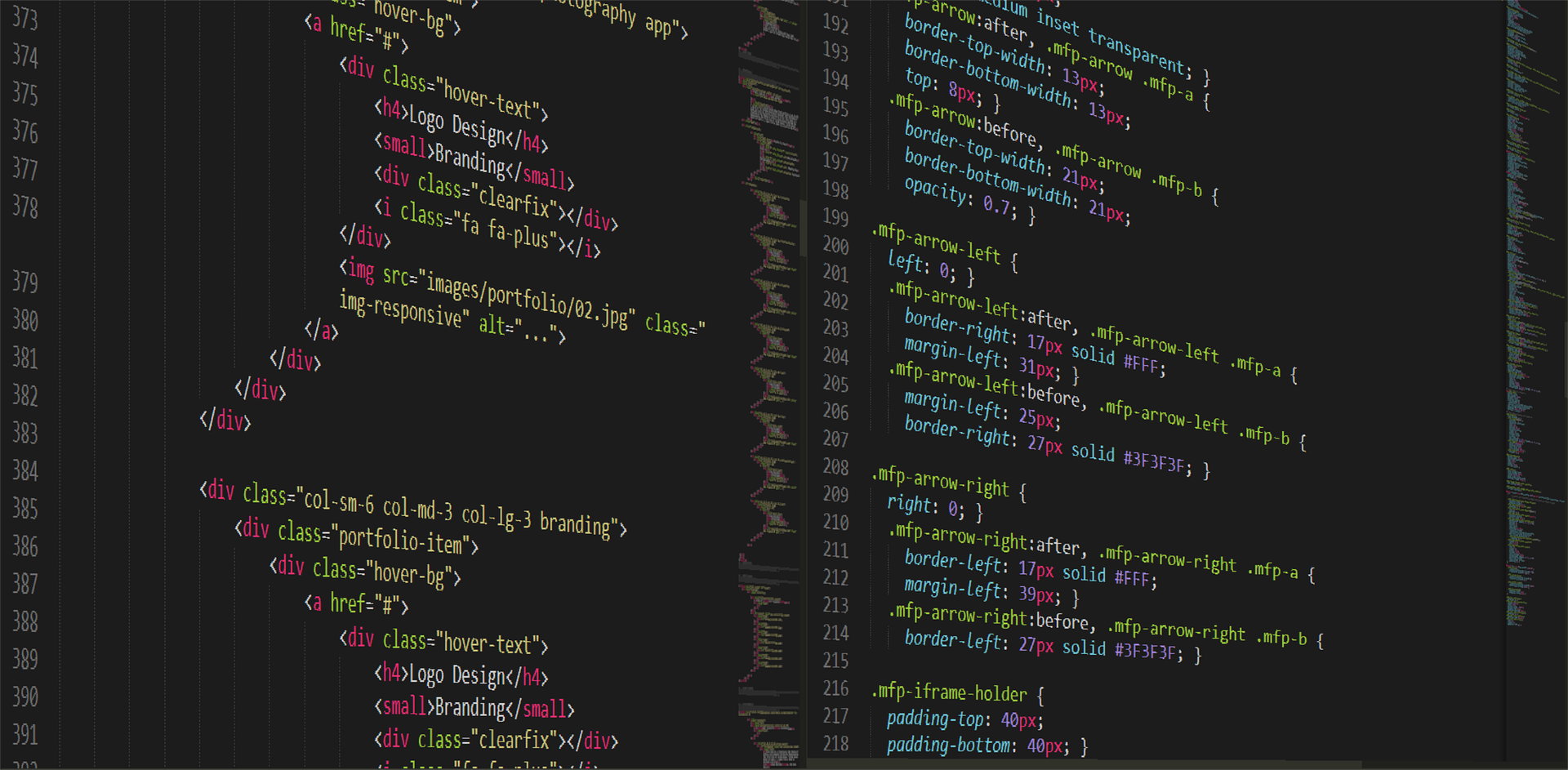Launching a successful Minimum Viable Product (MVP) is a critical step for startups and established companies. However, with budget constraints often being a significant challenge, particularly for new entrants, the importance of cost-efficiency in SaaS MVP development cannot be overstated. Striking the right balance between functionality, quality, and expenditure is not just a financial consideration; it's a strategic move that can define the trajectory of a SaaS product. Defining what constitutes a cost-effective SaaS MVP is pivotal in this process.
It's not merely about cutting corners or minimizing expenses. Instead, it's about smart allocation of resources to develop an MVP that is financially feasible yet robust enough to test the market, gain valuable user feedback, and lay a solid foundation for future iterations.
A cost-effective SaaS MVP focuses on essential features that address core user needs while employing strategies and tools that optimize development time and costs without compromising on the end product's effectiveness and appeal.
Key Strategies for Cost-Effective SaaS MVP Development
Developing a SaaS MVP efficiently and within budget requires strategic planning and smart execution. Here are some key strategies to ensure that your MVP development is cost-effective while still delivering value to your users.
Prioritize Essential Features
- Focus on Core Functionality
Identify the fundamental features that solve the primary problem for your users. Avoid overloading your MVP with features that are nice to have but not essential. - Validate with Your Target Audience
Engage with potential users early to understand their pain points. This ensures that the features you prioritize align with actual market needs. - Iterative Development
Start with a basic version and gradually add features based on user feedback. This approach helps in managing resources effectively and avoiding unnecessary development costs.
Embrace Lean Methodology
- Build-Measure-Learn Loop
Adopt the lean startup principle of build-measure-learn to quickly and efficiently validate ideas and make improvements based on real-world learning. - Minimize Waste
Focus on activities that add value to your MVP. Streamline processes, and eliminate unnecessary tasks and features that don’t contribute directly to the MVP’s objectives. - Rapid Prototyping
Use rapid prototyping tools to quickly mock up your MVP’s design. This helps in visualizing the product early and making adjustments before any heavy development begins.
Adopt Agile Development Practices
- Flexible Planning
Agile development is characterized by short development cycles and frequent reassessment of plans. This flexibility allows you to adapt quickly to changes and feedback, saving time and resources. - Cross-Functional Teams
Use cross-functional teams that can handle various aspects of development, from coding to testing. This reduces the need for large teams and streamlines communication. - Continuous Improvement
Regularly review and assess the development process. Identify areas for improvement in efficiency and apply these learnings in subsequent cycles.
Prioritizing essential features, embracing lean methodologies, and adopting agile practices, you can develop a cost-effective SaaS MVP and market-ready, capable of providing valuable insights for your product’s future development.
Budget Management Techniques
Effective budget management is paramount in developing a cost-effective SaaS MVP. By strategically planning your finances, leveraging the right tools, and making informed decisions about development resources, you can maximize your MVP’s value while minimizing expenses.
Effective Budget Planning
- Set Clear Financial Goals
Define a clear budget for your MVP development. Consider all potential costs, including development, design, testing, marketing, and unexpected expenses. - Allocate Resources Wisely
Distribute your budget based on the priority of tasks. Allocate more resources to critical aspects of your MVP that directly impact user experience and market fit. - Monitor Spending Regularly
Keep track of your spending throughout the development process. Regular financial reviews can help you stay on budget and adjust as needed.
Utilizing Open Source Tools
- cost-effective SaaS MVP Solutions
Open source tools can significantly reduce development costs. Many high-quality open source frameworks and libraries are available that can expedite the development process without the overhead of licensing fees. - Community Support
Open source projects often come with active community support. This can be invaluable in solving problems and finding efficient solutions, reducing the need for extensive troubleshooting and external help. - Customizability
Open source tools offer the flexibility to customize and adapt the code to your specific MVP needs, providing a tailored solution without the high cost of proprietary software.
Outsourcing vs. In-House Development
- Outsourcing Benefits
Outsourcing can be a cost-effective solution, especially if you lack specific expertise in-house. It allows you to tap into global talent, often at a lower cost, and can expedite the development process. - In-House Advantages
Developing in-house gives you greater control over the project and can be more efficient for projects requiring close collaboration and rapid iterations. It also helps in building internal expertise. - Balancing the Two
Consider a hybrid approach where critical parts of the project are handled in-house, while specialized tasks are outsourced. This balance can maximize efficiency and cost-effectiveness.
Testing and Feedback
An integral part of SaaS MVP development is gathering and implementing user feedback, which is crucial for refining your product. Testing your MVP in a cost-effective manner while incorporating early user feedback can significantly enhance the product's market fit and usability.
Implementing User Feedback Early
- Engage Early Testers
Identify a group of potential users early in the development process. Their insights can guide your MVP's direction and ensure it meets actual user needs. - Feedback Loops
Establish efficient feedback loops where users can easily share their experiences and suggestions. This could be through surveys, direct interviews, or in-app feedback mechanisms. - Prioritize Feedback
Not all feedback will be equally relevant. Prioritize changes based on the feedback that aligns with your MVP’s core objectives and has the potential to significantly improve user experience. - Iterative Implementation
Adopt an iterative approach to implement feedback. Make small, incremental changes rather than major overhauls, which can be more cost-effective and less risky.
Cost-Effective Testing Methods
- Automated Testing Tools
Utilize automated testing tools for repetitive and routine tests. This saves time and resources compared to manual testing and ensures consistency in testing procedures. - Beta Testing Platforms
Leverage beta testing platforms where you can get your MVP tested by real users. These platforms can be a cost-effective way to gather extensive user feedback before a full-scale launch. - Use of Analytics
Implement analytics tools to gather data on how users interact with your MVP. Analyzing this data can provide insights into user behaviour, preferences, and areas needing improvement. - Performance Testing
Conduct performance testing under various conditions to ensure your MVP remains stable and delivers a consistent user experience. Tools like Google’s PageSpeed Insights can be used to assess the performance without significant cost.
Focusing on early user feedback and employing cost-effective testing methods, you can refine your SaaS MVP to better meet market demands and enhance user satisfaction, all while staying within budget.
Funding Options for Canadian SaaS Startups
For Canadian SaaS startups, securing funding is a critical step in the MVP development process. Fortunately, Canada offers a range of funding options, from government grants to venture capital, each catering to different stages and needs of a startup.
Government Grants and Incentives
- Scientific Research and Experimental Development (SR&ED) Tax Incentive Program (SR&ED incentives)
This federal tax incentive program encourages Canadian businesses of all sizes to conduct research and development in Canada. It offers tax credits and refunds for eligible R&D activities, including R&D software development. - Industrial Research Assistance Program (IRAP)
IRAP provides financial support to qualified small and medium-sized enterprises in Canada to develop technologies and successfully commercialize them in a global marketplace. - Provincial Programs
Many Canadian provinces offer additional grants and incentives. For instance, Ontario has the Ontario Centres of Excellence (OCE), which provides funding and support for startups.
Venture Capital and Angel Investors in Canada
- Venture Capital Firms
Canada has a growing venture capital sector, with firms like OMERS Ventures, BDC Capital, and Real Ventures that actively invest in tech startups, including SaaS ventures. - Angel Investor Networks
Networks such as Angel Investors Ontario and Canadian Angel Investment Foundation provide opportunities for startups to pitch to high-net-worth individuals looking to invest in promising early-stage companies. - Tech Incubators and Accelerators
Programs like MaRS Discovery District and Communitech offer not only funding options but also mentorship, resources, and networking opportunities that can be vital for early-stage startups.
Crowdfunding Platforms
- Kickstarter and Indiegogo
Kickstarter and Indiegogo crowdfunding platforms allow startups to raise funds by pre-selling their product or offering other rewards to backers. They are excellent for gauging market interest and securing early adopters. - Equity Crowdfunding
Platforms like FrontFundr enable startups to raise capital by offering equity to a large number of investors. This model can be particularly effective for startups with a compelling business model and growth potential. - Niche Crowdfunding Platforms
Some platforms cater specifically to tech startups, such as Fundable, providing a focused environment to attract potential investors interested in tech and SaaS businesses.
Navigating through these funding options can provide Canadian SaaS startups with the necessary capital to develop their MVP and bring their innovative ideas to the market. It’s important to carefully evaluate each option and choose the one that aligns best with your business goals and development stage.
Marketing Your SaaS MVP
Effectively marketing your SaaS MVP is crucial for gaining visibility, attracting users, and receiving valuable feedback. Leveraging social media and content marketing, along with building a community of early adopters, can significantly boost your MVP’s market presence.
Leveraging Social Media and Content Marketing
- Strategic Social Media Presence
Establish a strong presence on platforms where your target audience is most active. Use social media to share updates, engage with users, and provide insights into your MVP's development process. - Content Marketing
Create valuable and informative content that addresses your target audience's pain points. Blogs, infographics, and videos can be powerful tools to attract and educate potential users about your MVP. - Engaging with Influencers
Collaborate with influencers in your niche to reach a wider audience. Influencers can help promote your MVP through reviews, mentions, or joint content creation. - SEO Optimization
Ensure that your online content is optimized for search engines. This increases the likelihood of your target audience discovering your MVP through organic search. - Paid Advertising
Consider using paid advertising on social media or search engines to reach a broader audience. Targeted ads can be effective in driving traffic to your website or landing page.
Building an Early Adopter Community
- Identify Potential Early Adopters
Target users who are most likely to benefit from your MVP and are open to trying new solutions. These could be tech enthusiasts, industry experts, or users who have expressed interest in your niche. - Engage Through Forums and Groups
Participate in online communities, forums, and groups related to your SaaS field. This can help in building relationships with potential early adopters. - Feedback Channels
Create channels for early adopters to provide feedback. This can be through dedicated forums, social media groups, or direct communication channels like email. - Exclusive Offers for Early Users
Provide incentives for early adopters, such as discounted rates, exclusive access to new features, or input into product development decisions. - Utilize Testimonials and Case Studies
Share success stories and testimonials from early adopters. Positive word-of-mouth from early users can be a powerful marketing tool.
Combining effective social media strategies, content marketing, and community-building efforts, you can create a strong foundation for marketing your SaaS MVP. This approach not only helps in attracting users but also establishes a loyal user base that can provide invaluable feedback and support as your product evolves.
Scaling Your SaaS MVP
After successfully launching your SaaS MVP and gathering initial user feedback, the next crucial phase is scaling your product. Effective planning for future development and building scalability into your MVP from the outset are key to ensuring that your SaaS can grow smoothly and efficiently.
Planning for Future Development
- Set Clear Development Roadmaps
Based on user feedback and market research, outline a clear development plan that includes new features, improvements, and expansion goals. This roadmap should align with both user needs and your business objectives. - Data-Driven Decision Making
Utilize data analytics to understand user behavior and preferences. This insight can guide your development priorities and help you make informed decisions about which features or services to expand. - Iterative Development Process
Continue with an iterative approach to development, releasing updates and new features in stages. This allows for continuous improvement while managing risks associated with big changes. - Resource Allocation
As your user base grows, plan for scaling up your resources. This includes server capacity, development tools, and human resources to support larger-scale operations. - Feedback Mechanisms
Maintain robust channels for user feedback even as your product scales. Ongoing user engagement is vital for continuous improvement and user satisfaction.
Keeping Scalability in Mind from Day One
- Scalable Architecture
Build your MVP on a scalable architecture. Cloud-based solutions, microservices architectures, and scalable databases can accommodate growth without major overhauls. - Performance Optimization
Regularly optimize your application for performance. As user numbers grow, performance issues can become more pronounced, impacting user experience. - Automated Testing and Deployment
Implement automated testing and deployment processes. Automation ensures consistency, reduces errors, and saves time, particularly when scaling up development efforts. - Flexible Monetization Strategies
Plan for flexible monetization strategies that can adapt as your product scales. This may include tiered pricing models, freemium strategies, or enterprise-level offerings. - Security and Compliance
Ensure that your SaaS product adheres to industry standards for security and compliance. As your service scales, maintaining trust and protecting user data becomes increasingly important.
Balancing innovation with cost-effectiveness is both an art and a science. A well-thought-out approach to SaaS MVP development, which combines these cost-effective strategies with a keen focus on user needs and market trends, can lead to the creation of a successful and sustainable SaaS product.
Discover how to maximize your resources and efficiently develop your cost-effective SaaS MVP. Connect with our team to gain insights and strategies tailored for your SaaS MVP development. Start your journey towards creating a market-ready SaaS product that aligns with your budget and business goals.




